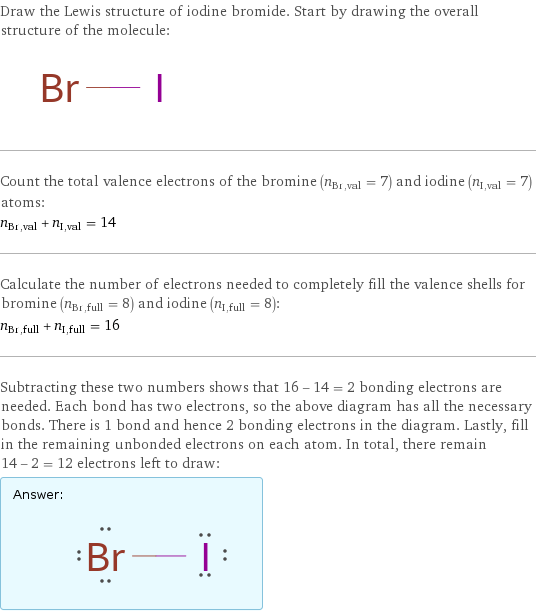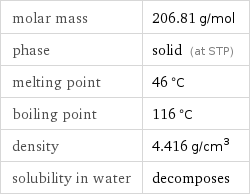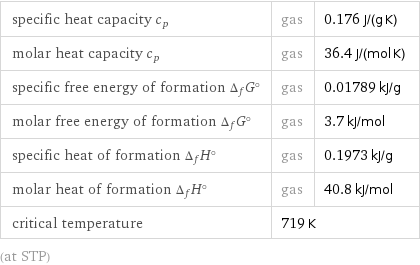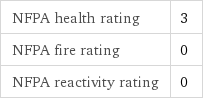Input interpretation

iodine bromide
Chemical names and formulas

formula | IBr Hill formula | BrI name | iodine bromide alternate names | bromoiodine | iodine monobromide | iodobromine mass fractions | Br (bromine) 38.6% | I (iodine) 61.4%
Lewis structure

Draw the Lewis structure of iodine bromide. Start by drawing the overall structure of the molecule: Count the total valence electrons of the bromine (n_Br, val = 7) and iodine (n_I, val = 7) atoms: n_Br, val + n_I, val = 14 Calculate the number of electrons needed to completely fill the valence shells for bromine (n_Br, full = 8) and iodine (n_I, full = 8): n_Br, full + n_I, full = 16 Subtracting these two numbers shows that 16 - 14 = 2 bonding electrons are needed. Each bond has two electrons, so the above diagram has all the necessary bonds. There is 1 bond and hence 2 bonding electrons in the diagram. Lastly, fill in the remaining unbonded electrons on each atom. In total, there remain 14 - 2 = 12 electrons left to draw: Answer: | |
Basic properties

molar mass | 206.81 g/mol phase | solid (at STP) melting point | 46 °C boiling point | 116 °C density | 4.416 g/cm^3 solubility in water | decomposes
Units

Solid properties (at STP)

density | 4.416 g/cm^3 vapor pressure | 372 mmHg (at 92.8 °C)
Units

Thermodynamic properties

specific heat capacity c_p | gas | 0.176 J/(g K) molar heat capacity c_p | gas | 36.4 J/(mol K) specific free energy of formation Δ_fG° | gas | 0.01789 kJ/g molar free energy of formation Δ_fG° | gas | 3.7 kJ/mol specific heat of formation Δ_fH° | gas | 0.1973 kJ/g molar heat of formation Δ_fH° | gas | 40.8 kJ/mol critical temperature | 719 K | (at STP)
Chemical identifiers

CAS number | 7789-33-5 PubChem CID number | 82238 PubChem SID number | 24853459 SMILES identifier | BrI InChI identifier | InChI=1/BrI/c1-2 MDL number | MFCD00011353
NFPA label

NFPA label

NFPA health rating | 3 NFPA fire rating | 0 NFPA reactivity rating | 0